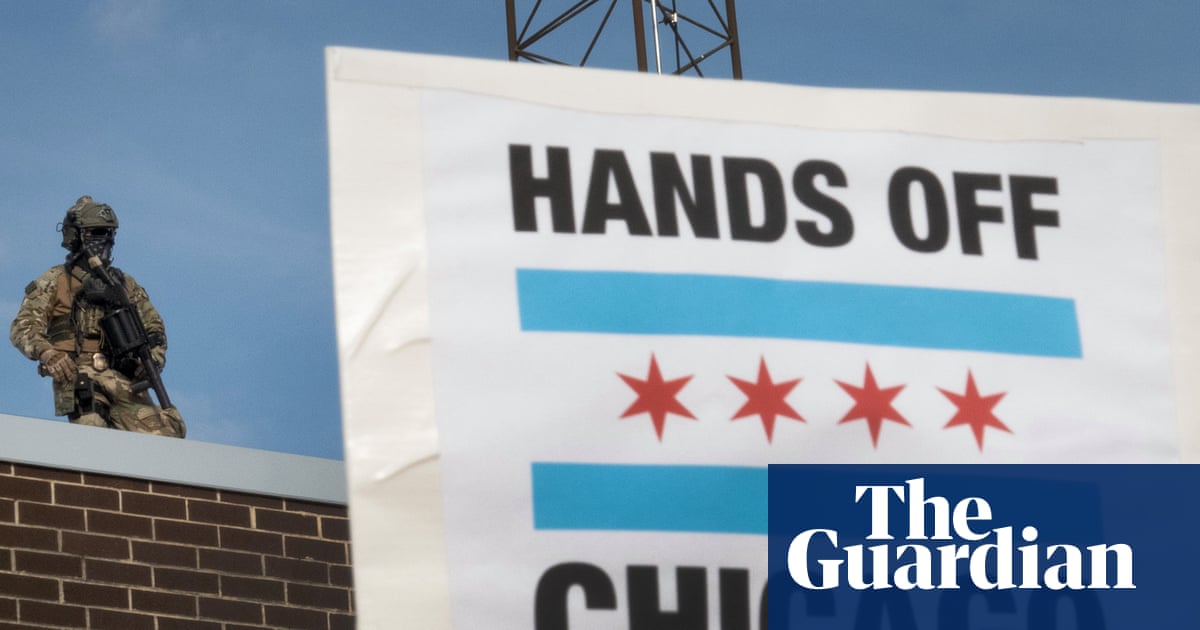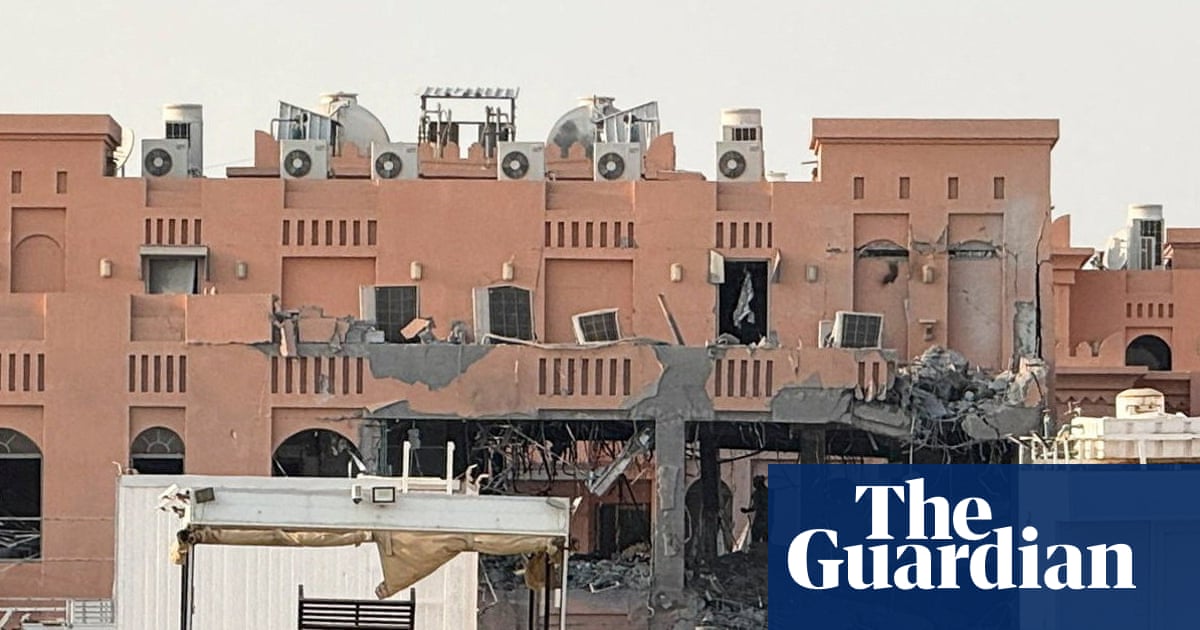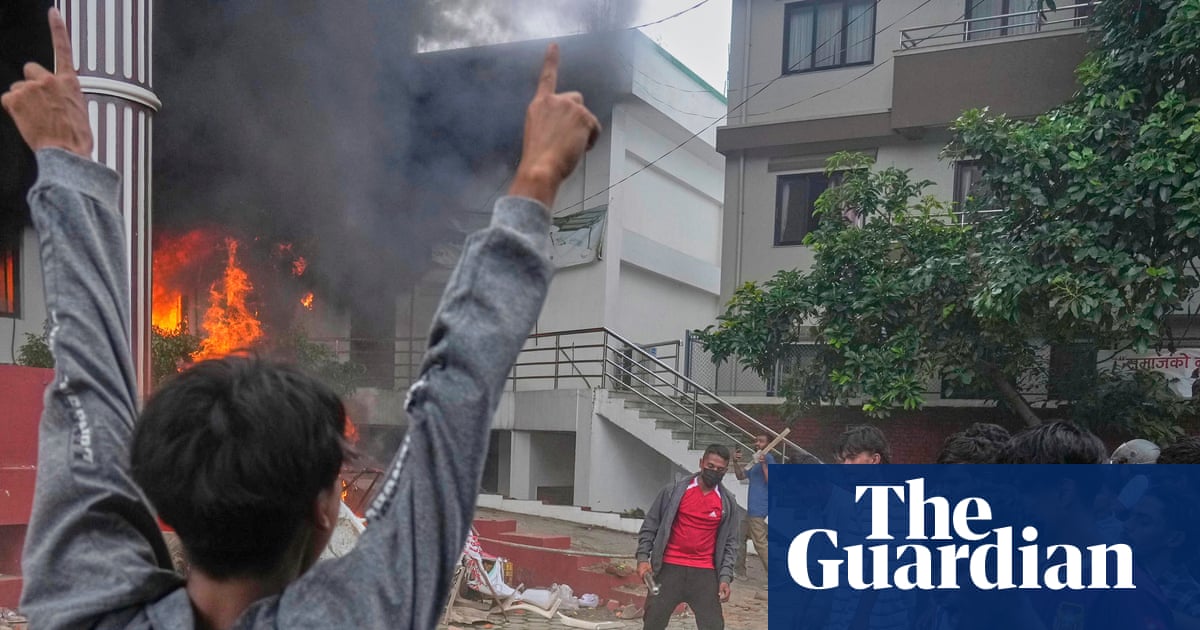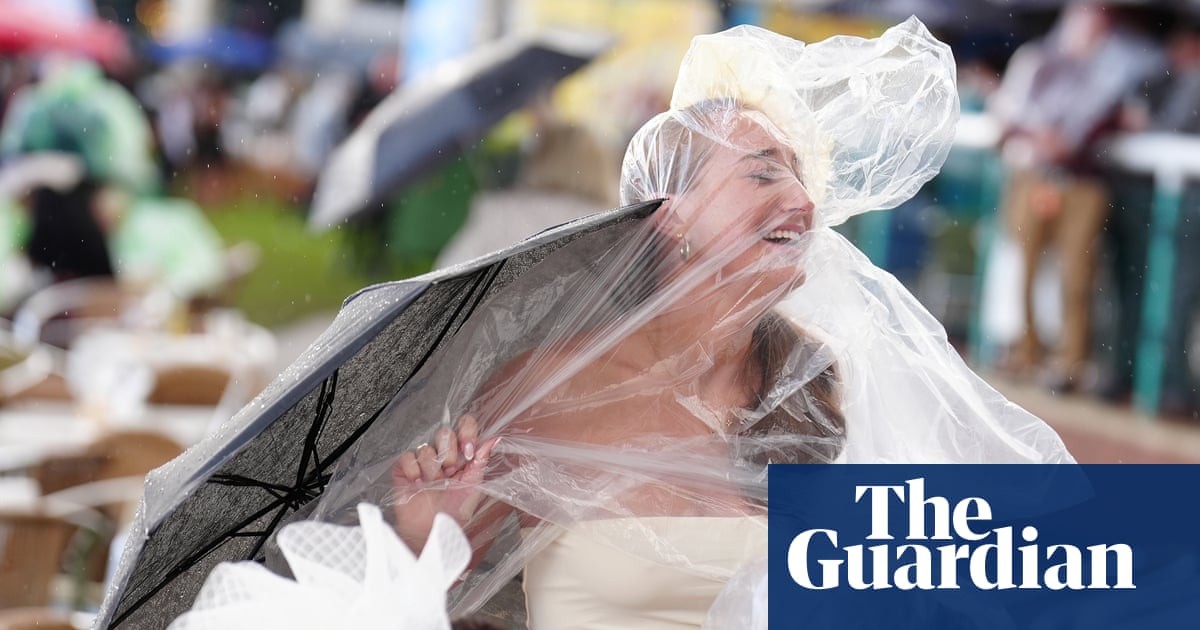A 21-year-old former student who shot dead 10 people including pupils and a teacher at his former school in Austria before killing himself had planned to detonate a homemade explosive at the site, police have said.
As the small Alpine country came to a standstill to remember the dead, security officials said on Wednesday that the gunman, named in local media as Arthur A, had built a pipe bomb, but had then “discarded plans to use it” in his attack on Tuesday in Graz. He told his parents in a suicide note that he had acted of his “own free will”.
The young man, who had left the school two years ago without completing his studies, had apologised to his parents and older siblings but had not disclosed a motive for his attack, officials said.
The shooting – the worst in Austria’s postwar history – took place in 17 minutes on Tuesday morning, just after the start of the third lesson of the day. Many children were sitting exams at the time. Eyewitnesses described how the perpetrator had fired through classroom doors using a shotgun, subsequently shooting at victims with a pistol. Pupils were told by teachers to lie flat on the floor and to barricade themselves in rooms, using chairs to block the doors.
Police arrived at the scene at 10.06am after receiving a call from a woman living close to the school at 10am, who had heard shots.
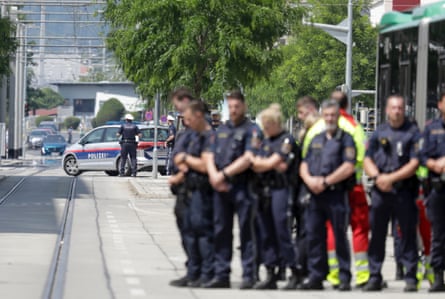
The killer’s mother had reportedly alerted police 24 minutes after receiving what has been described as a farewell video from her son. But by the time she had seen it, he was already carrying out the attack.
Of the nine people shot dead at the school, six were female and three were male. The pupils were Austrian citizens, aged between 14 and 17, and one Polish citizen. The eldest, a 59-year-old female teacher, died from her injuries on Tuesday evening.
The killer, described in local media as a loner with apparently no social media presence and who had only one friend, killed himself in the school building. His body was discovered by armed police in a toilet cubicle.
According to police, the alleged attacker had been legally in possession of the shotgun and Glock pistol. He had also reportedly been deemed fit to own the weapons, according to a standard psychological test.
The killings have sparked a heated debate about weapon possession in Austria, which is among the most heavily weaponised countries in Europe and where most 18-year-olds have easy access to buying guns. Officially, its 9 million citizens own more than 1m weapons, although experts have said the real figure is probably much higher.
The homemade pipe bomb, discovered by police on Tuesday evening in the flat where Arthur A lived with his mother, was found to be ineffectual. But police on Wednesday said they believed the youth had planned to detonate the bomb at the school.

Across the country, Austrians held a minute’s silence in tribute to the victims on Wednesday morning, at the start of three days of national mourning. Public transport came to a halt, the state broadcaster, ORF, paused its TV and radio programming, and church bells sounded in mourning, while flags were flown at half mast on public buildings.
Outside the BORG Dreierschützengasse high school, current and former pupils, as well as other Graz residents, were hugging, sobbing and leaning on each other for support as they arrived to place candles and flowers. Some wove the stems through the mesh of the fence.
Paul Nitsche, a priest who is also a teacher at the school, had returned for the one minute’s silence and to pay tribute to his colleague and pupils who had lost their lives.
He described hearing the first shots when he was working in an empty classroom while his 8th-year pupils sat their exams in a nearby room. After initially dismissing the noises, he decided to run.
“Suddenly the silence was broken by the sound of bullets. At first I thought it was fireworks or something because anything else was out of the question. Then, I thought, maybe it’s an attack. I decided to run,” he said.
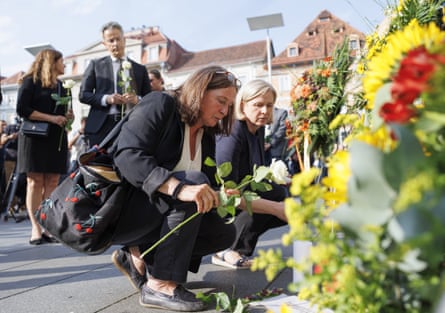
“I went out and across the corridor, and down the stairs and that’s when I saw the attacker very briefly, with his weapon, trying to shoot through the lock of a classroom door – five metres away from me. I was scared. I just kept running downstairs. When I saw a female pupil lying on the floor and a female teacher then I knew it was true.”
Sharon, a social worker and mother of a 14-year-old boy who survived the attack, wiped away tears as she described receiving a call from him yesterday morning while she was driving. “He said to me: ‘Mum, I’m OK, you don’t need to worry about me.’ It was the first I’d heard of the incident,” she said, paying tribute to a teacher who had told her son and his classmates to jam the classroom door with chairs.
Sharon said she had driven to a nearby hall where pupils had been brought to safety.
“We were mainly mothers in the room,” she said. “I knew my son was OK, but others didn’t. Some people were screaming when they knew their children had been hit. You can’t imagine the emotional turmoil. My son lost one of his best friends, and knows at least two of those who died,” she said. “We feel hollow and devastated.”
Laura, 19, who lives next to the school and is in the middle of her exams, came to place a candle outside the school, where a close friend is a pupil. “They’re going to have to rethink the security of schools, like introducing metal detectors, because no one is going to want to go to school after this,” she said.
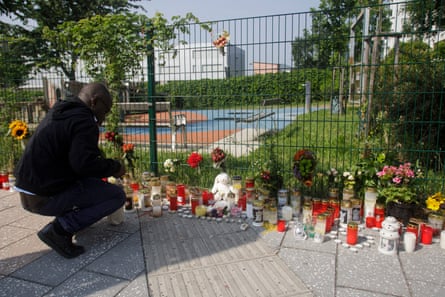
Laura said she had known of the attacker, who had been in the same class as a friend for a year before leaving without taking exams. The friend could not recall him being bullied, as has been cited in some local media articles as a potential motive.
People in Graz had queued into the night to donate blood that could be used to treat 11 wounded people, aged 15 to 26, eight of whom were said by authorities to be Austrian, two Romanian, and one Iranian. On Wednesday, two of the injured remained in intensive care, although all were said to be in a stable condition. One who had been shot in the face was undergoing a second emergency operation, authorities said.
Among the quiet residential community in Kalsdorf, the southern Graz district where Arthur A lived with his mother, neighbours spoke of their shock at finding out that he had lived among them.
Thomas Gasser, 38, a supermarket manager who lived directly opposite Arthur A, had been sitting on his garden terrace when armed police arrived at about 11.30am on Tuesday to raid the home he shared with his mother.
“It was eerie. They quietly crept up on the house, around 15 to 20 officers, fully clad with weapons. Nothing, literally nothing happens in this neighbourhood. The idea that this man with murderous intentions and a pipe bomb was living opposite us is hard to fathom, and very unsettling,” he said.
Arthur A, he said, “had lived here for five years, but was very reserved. He always had his headphones in, dressed in dark clothes and wore a cap pulled down over his eyes”.
Walking past the flat where the gunman lived, Natalia Chalakova, 19, originally from Bulgaria, expressed her shock that the attacker was from the neighbourhood. “No one could stop talking about it when we met at school this morning for our exams, and no one could really concentrate,” she said. “The most upset of any kind that usually happens here are disputes on the playground with kids fighting over their toys. To have a mass murderer in our midst – this is an American story, not an Austrian one.”

 3 months ago
49
3 months ago
49






